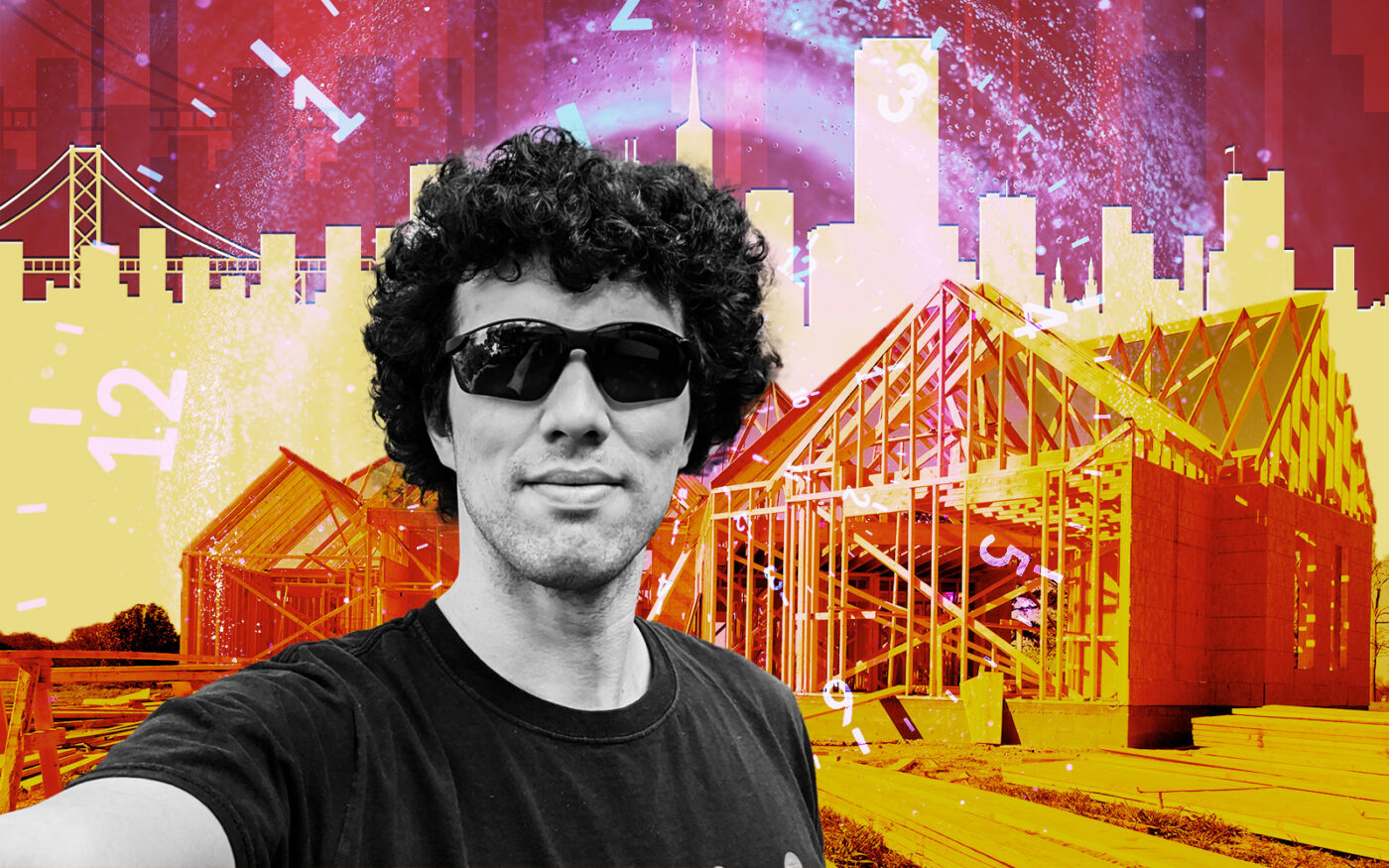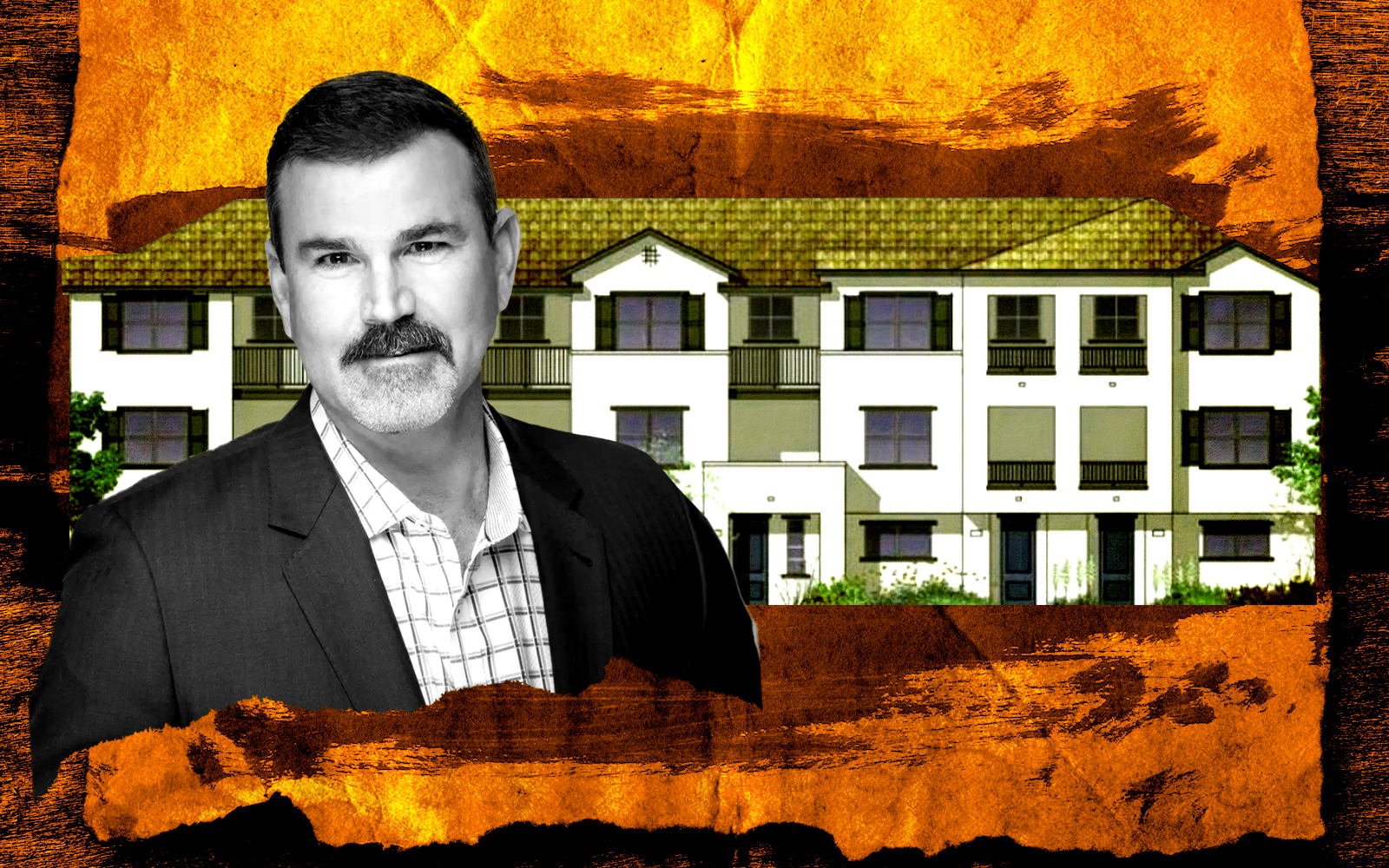![]()
Peninsula Land & Capital takes builder’s remedy route in Palo Alto
Trending
Bay Area developers slow to move on builder’s remedy projects
SoCal proposals are drastically outpacing those to the north

It’s been nearly three months since the Bay Area’s “zoning holiday” began.
Housing advocates believed the builder’s remedy provision in California housing law was going to bring in a wave of new housing projects, but Bay Area cities haven’t seen the same level of adoption as southern California.
Builder’s remedy, an untested provision of the three-decades old Housing Accountability Act, allows developers automatic approval of their projects in cities that don’t have a housing plan, formally called a housing element, with the state. To qualify, a project must designate at least 20 percent of its units for affordable housing or 100 percent for moderate income housing.
In a recent survey of more than 30 cities, four have received Builder’s Remedy applications; Mountain View, Los Altos Hills, Fairfax, and Brentwood. If they move forward, the nine projects would total 1,200 units, with 250 designated as affordable. The survey, however, didn’t include the most recent applications in Sonoma and Palo Alto for a total of 109 total units, with 23 being affordable.
That’s a far cry from what Southern California has experienced. There, 26 applications have been filed and total more than 8,600 homes with nearly 2,000 of them affordable.
One of the reasons that developers might be slow to move forward with a builder’s remedy project is to maintain their good relationship with municipality officials.
“We are not interested [in builder’s remedy] overall,” Danny Haber, CEO of Oakland-based multifamily developer oWOW, said. “Our idea is to follow the public process, get the community, city and all stakeholders on board before proceeding ahead. We’ve learned in the past, the hard way, that while this route can be expedited it cannot be avoided so we will continue to follow the process of getting everybody feedback and city buy-in on the project.”
Los Altos resident Sasha Zbrozek is among the few who are moving forward with a builder’s remedy project. He applied on the first day he legally could for a five-unit townhouse. City officials found his application incomplete so he’s planning to file a lawsuit.
“I’ve moved forward with mine because I’ve got nothing to lose,” Zbrozek said. “There is no relationship with the government that I care to preserve.”
While Zbrozek doesn’t definitively know why others haven’t submitted applications, he believes the Bay Area is a “tougher minefield” than Southern California.
“I suspect it’s largely due to the larger number of smaller cities which are all more NIMBY than Southern California,” he said.
Bay Area cities have been challenging builder’s remedy applications and are determined to maintain local control. DeNova Homes’ application for 64 homes in Sonoma was deemed invalid because the city claims it has the authority to self certify its housing element —it is not required to be found substantially compliant by the Department of Housing and Community.
Also in Los Altos Hills, the city has declined to process an application for identical 44 unit buildings. The city also claimed to adopt its housing element without state approval.
While Southern California has seen more applications, some of the cities aren’t taking it lying down. Officials have been trying to ban builder’s remedy applications outright in Huntington Beach. The Attorney General, Rob Bonta, has filed a lawsuit in Orange County arguing the ban is illegal under state law.
Despite the slower uptick in application, Zbrozek believes the Bay Area could still see a flurry of proposals. But for now, some developers may remain on the sidelines until they see how builders remedy’s projects hold up to legal scrutiny.
Read more

State sues Huntington Beach for ban on builder’s remedy and ADU housing





